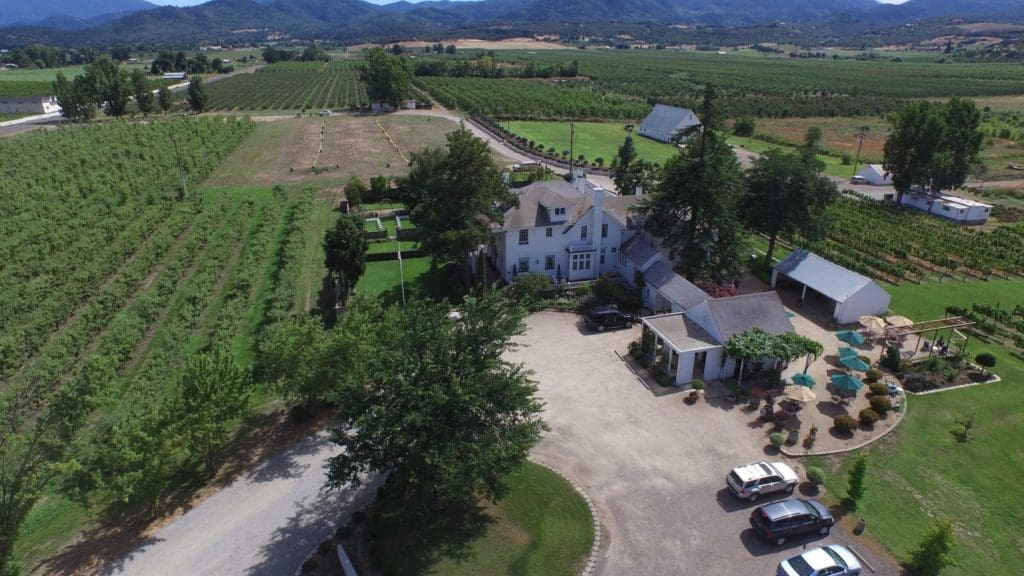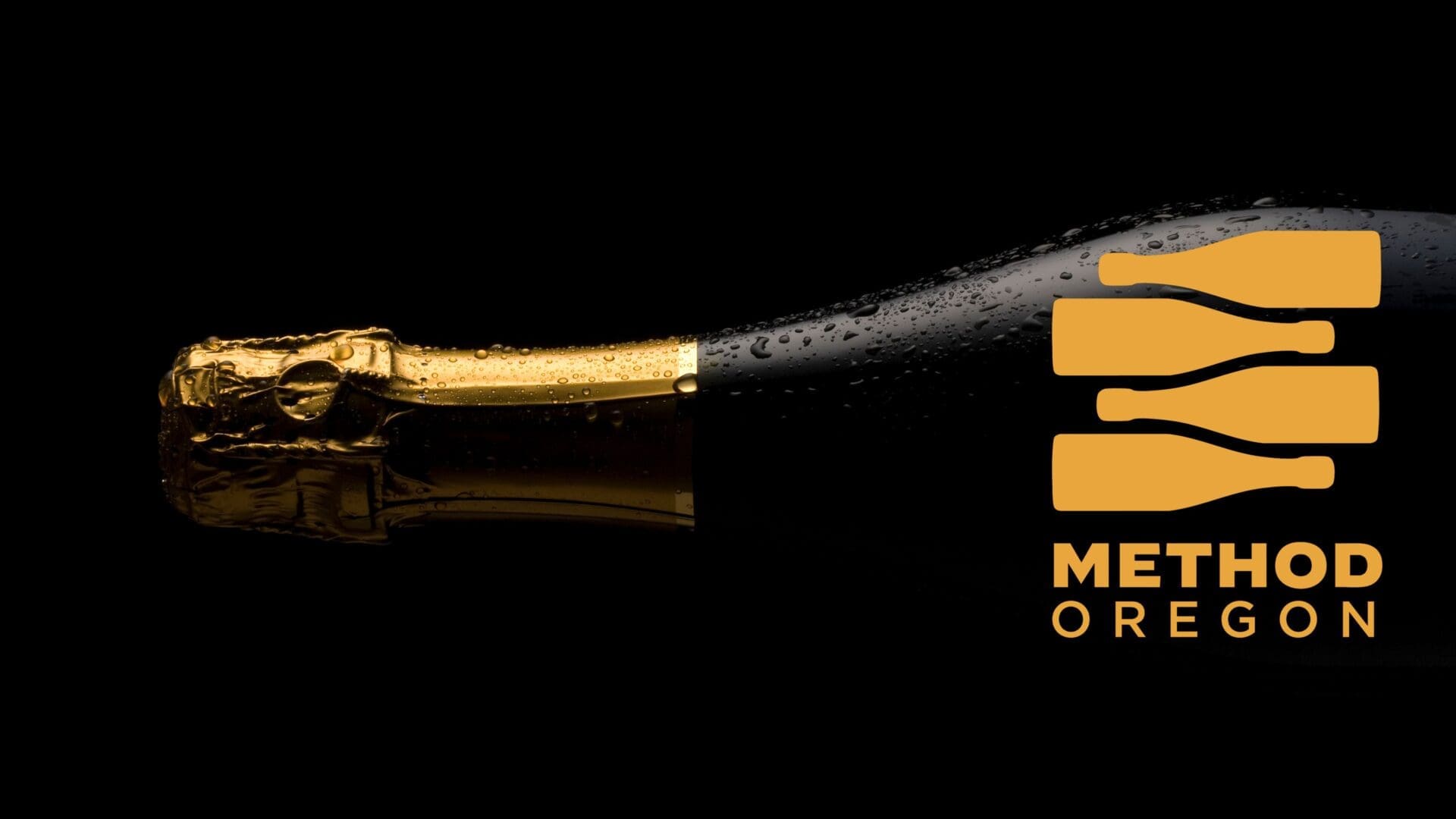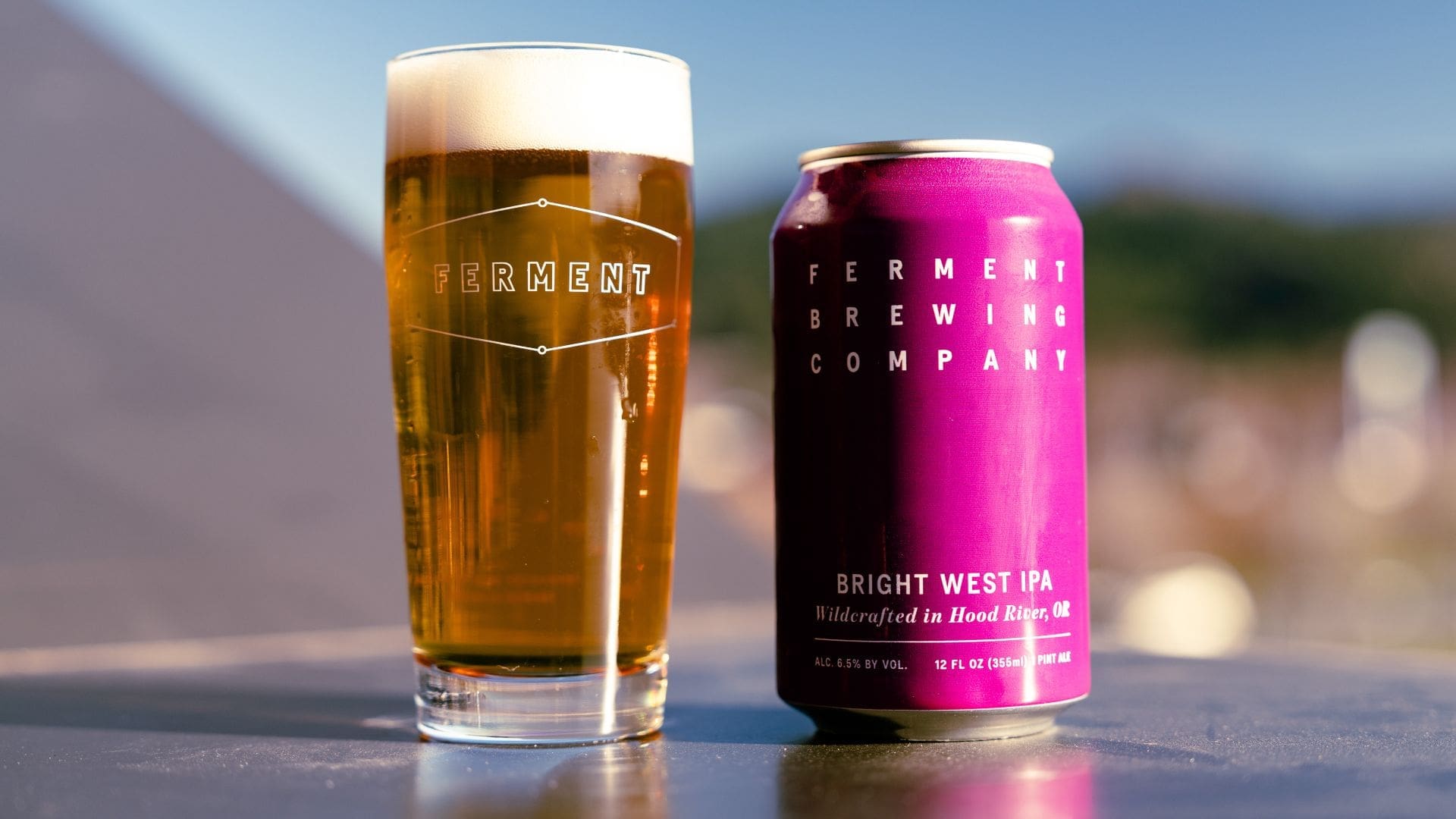There’s an old adage that says, “plant apples for your children and pears for your grandchildren,” because of the incredible longevity of pear trees. And the pear trees on the Eden Valley Orchards property in Southern Oregon certainly live up to that maxim.l In 1885, a man named Joseph H. Stewart planted this unique pear orchard in Southern Oregon. Now, 135 years later, the pears from those same trees are making their way into a pear cider that is bottled and sold in the Pacific Northwest. And while that pear cider – affectionately known as Pear House – stands deliciously on its own, each sip also embodies the start of Eden Valley Orchards and the property’s prominent agricultural history in the Rogue River Valley.

Celebrating a Historic Property
This pear orchard is entrusted to a longtime orchard family with a history of growing, packing and shipping pears since 1908. Their surname is appropriate: Root. The Root family purchased the land known as Eden Valley Orchards in 1999.
“When we bought the property, we kept the back block because it was the old, original trees. It has always been reserved all these years,” says Anne Haworth-Root, owner of Eden Valley Orchards. In order to commemorate the history of the property after their purchase, the family started digging into its past even further, with the goal of having the property, along with its original house built in 1890, added to the National Register of Historic Places. It wasn’t until the research began that they discovered the old pear orchard had originally been planted by the man credited with planting the first commercial pear orchards and launching the commercial pear industry in the United States— the very same Joseph H. Stewart. The property was added to the National Register in 2000.
With the great history behind it and a compelling story, the orchard became a perfect focal point for a winery and hospitality space. In 2003, the winery was built, and Eden Valley Orchards debuted its first 2001 wine vintage under its EdenVale Winery label, utilizing wine grapes from growers as close as just a half-mile down the road. But even with the winery business growing, there was still the focus on what to do with the pears on those historic trees.
The heritage orchard dating back to 1885 features two acres of Anjou, Comice, Red Bartlett and Bosc pears. Years later came another five acres planted with Seckel pears, which Haworth-Root estimates are 35 to 40 years old. When the Root family purchased the property, they had tried to make a go of selling the fresh pears, but more and more, it became evident the commercial business wasn’t going to be terribly fruitful. According to Haworth-Root, the fresh pear market was incredibly tight, and there was no longer an ideal business plan for selling the pears because of the small acreage. “When it was made pretty clear, and there was a transition happening in the commercial pear world, we decided to look at other ways to use this crop,” Haworth-Root says. “We wanted to keep the pear trees and keep their history intact.”

Developing a Pear Cider
Trials began to develop a pear cider utilizing the estate pears in 2008, with plenty of tweaks along the way. “The cider really came together in 2016,” says Haworth-Root. The first release of the estate-grown, all-organic pear cider came in 2017.
Pear House cider features a blend of Seckel pears, along with pears from the historic orchard. According to Haworth-Root, Seckels are a smaller pear with a higher sugar content. They perform like a wine grape, making them ideal for turning into cider, with good tannins on the skin. “The Seckels give the body. They don’t have to be manipulated in any way, and the pears from the two acres in the back give an added complexity,” she says.
The pears are fresh as can be when turned into cider. “They’re picked, and within an hour they’re getting washed and put in the bladder press,” Haworth-Root says. The cider is fermented cold and slow, at about 31 degrees for three to four months. “Fermenting really cold preserves the aromatics of the pears,” she adds. Once fermented, the pear cider is put in a brite tank and carbonated, and then bottled in late spring to be enjoyed, all while keeping the history of that first commercial pear orchard intact.

Molly Allen is a freelance writer and editor with a focus on food and beverage, travel and entertaining. In addition to Sip Magazine & Cidercraft, her work has been published in a number of national and regional publications including Taste of Home, Brides and Washington Tasting Room.








